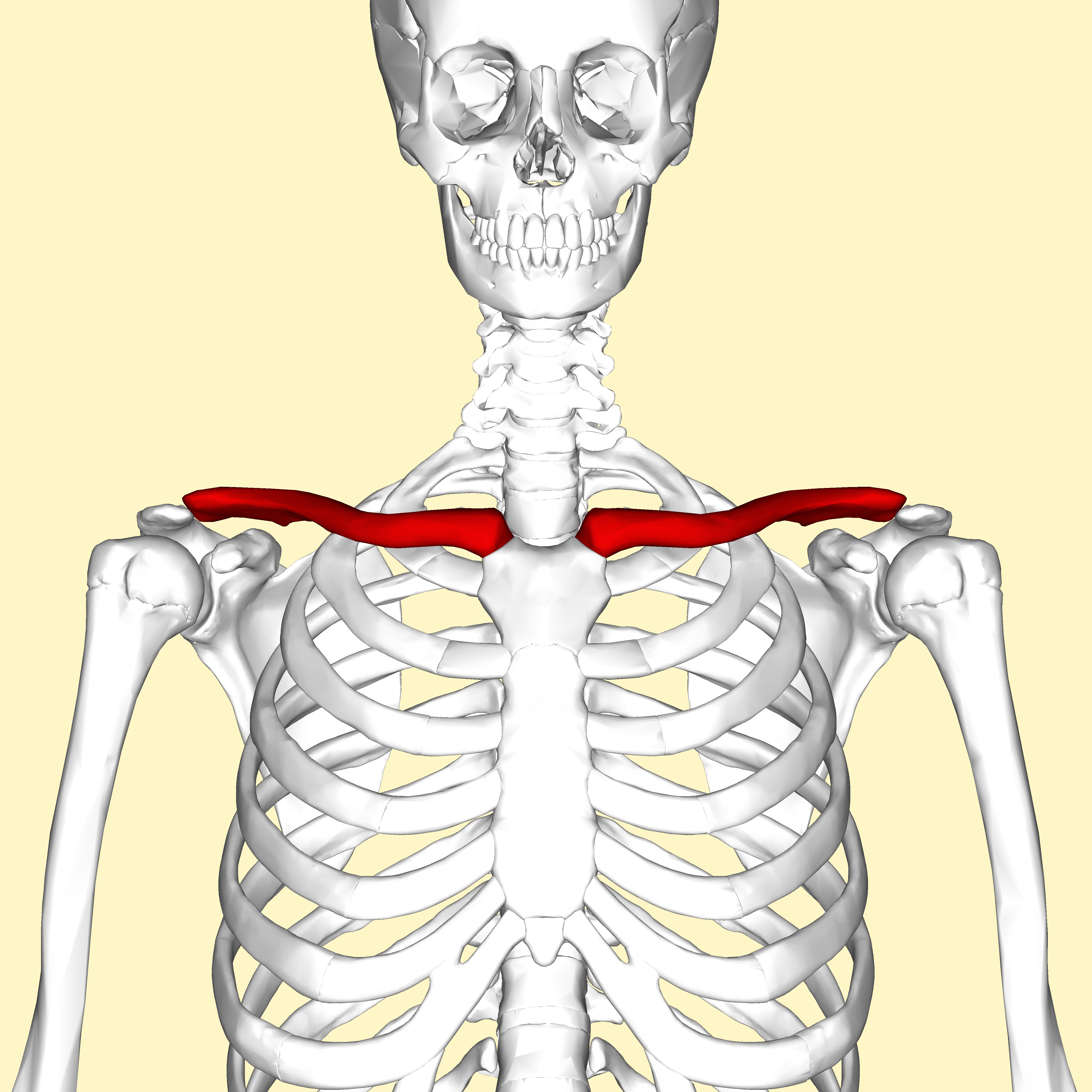|
Rubik R-12 Kevély
The Rubik R-12 Kevély () was a Hungarian advanced training glider. It was designed to provide safe cloud-flying experience and also raised the Hungarian height gained record several times. About fifty were built and operated between 1941 and 1951. Design and development The National Aviation foundation's glider training programme progressed with three well defined steps, each using one of Ernö Rubik's designs: the R-07 at the primary stage, followed by the secondary R-08 Pilis and the tertiary, relatively high performance R-12 Kevély. The foundation specified two particular properties for the latter, robustness and the ability to fly safely in cloud. The Kevély's high wing, mounted on top of the fuselage, had a rectangular-plan inner panel covering half the span and trapezoidal outer panels out to rounded tips. The leading edges of these outer panels were only slightly swept, with most of the taper on their trailing edges. They also carried considerable washout, deceas ... [...More Info...] [...Related Items...] OR: [Wikipedia] [Google] [Baidu] |
WikiProject Aircraft
A WikiProject, or Wikiproject, is an affinity group for contributors with shared goals within the Wikimedia movement. WikiProjects are prevalent within the largest wiki, Wikipedia, and exist to varying degrees within Wikimedia project, sibling projects such as Wiktionary, Wikiquote, Wikidata, and Wikisource. They also exist in different languages, and translation of articles is a form of their collaboration. During the COVID-19 pandemic, CBS News noted the role of Wikipedia's WikiProject Medicine in maintaining the accuracy of articles related to the disease. Another WikiProject that has drawn attention is WikiProject Women Scientists, which was profiled by ''Smithsonian Magazine, Smithsonian'' for its efforts to improve coverage of women scientists which the profile noted had "helped increase the number of female scientists on Wikipedia from around 1,600 to over 5,000". On Wikipedia Some Wikipedia WikiProjects are substantial enough to engage in cooperative activities with outsi ... [...More Info...] [...Related Items...] OR: [Wikipedia] [Google] [Baidu] |
Strut
A strut is a structural component commonly found in engineering, aeronautics, architecture and anatomy. Struts generally work by resisting longitudinal compression, but they may also serve in tension. A stay is sometimes used as a synonym for strut, but some sources distinguish that struts are braces for holding compressive forces apart, while stays are braces for keeping stretching forces together. Human anatomy Part of the functionality of the clavicle is to serve as a strut between the scapula and sternum, resisting forces that would otherwise bring the upper limb close to the thorax. Keeping the upper limb away from the thorax is vital for its range of motion. Complete lack of clavicles may be seen in cleidocranial dysostosis, and the abnormal proximity of the shoulders to the median plane in cases of this genetic condition exemplifies the clavicle's importance as a strut. Architecture and construction Strut is a common name in timber framing for a support or brace of ... [...More Info...] [...Related Items...] OR: [Wikipedia] [Google] [Baidu] |
Aircraft First Flown In 1941
An aircraft ( aircraft) is a vehicle that is able to fly by gaining support from the air. It counters the force of gravity by using either static lift or the dynamic lift of an airfoil, or, in a few cases, direct downward thrust from its engines. Common examples of aircraft include airplanes, rotorcraft (including helicopters), airships (including blimps), gliders, paramotors, and hot air balloons. Part 1 (Definitions and Abbreviations) of Subchapter A of Chapter I of Title 14 of the U. S. Code of Federal Regulations states that aircraft "means a device that is used or intended to be used for flight in the air." The human activity that surrounds aircraft is called ''aviation''. The science of aviation, including designing and building aircraft, is called ''aeronautics.'' Crewed aircraft are flown by an onboard pilot, whereas unmanned aerial vehicles may be remotely controlled or self-controlled by onboard computers. Aircraft may be classified by different criteria, such as ... [...More Info...] [...Related Items...] OR: [Wikipedia] [Google] [Baidu] |
Rubik Aircraft (born 1935), Latvian politician
{{disambig ...
Rubik may refer to: * Rubik (surname) * Rubik (town), town in Albania * Rubik (band), Finnish pop/rock band See also * Rubik's Cube * Ernő Rubik, creator of the Rubik's Cube * Alfrēds Rubiks Alfrēds Rubiks (, ''Alfred Petrovich Rubiks''; born 24 September 1935), is a Latvian communist politician and a former leader of the Communist Party of Latvia. He was a Member of the European Parliament for Latvia from 2009 until 2014. In the ... [...More Info...] [...Related Items...] OR: [Wikipedia] [Google] [Baidu] |
Spin (aeronautics)
In flight dynamics a spin is a special category of stall resulting in autorotation (uncommanded roll) about the aircraft's longitudinal axis and a shallow, rotating, downward path approximately centred on a vertical axis. Spins can be entered intentionally or unintentionally, from any flight attitude if the aircraft has sufficient yaw while at the stall point. In a normal spin, the wing on the inside of the turn stalls while the outside wing remains flying. It is possible for both wings to stall, but the angle of attack of each wing, and consequently its lift and drag, are different. Either situation causes the aircraft to autorotate toward the stalled wing due to its higher drag and loss of lift. Spins are characterized by high angle of attack, an airspeed below the stall on at least one wing and a shallow descent. Recovery and avoiding a crash may require a specific and counter-intuitive set of actions. A spin differs from a spiral dive, in which neither wing is stalled and ... [...More Info...] [...Related Items...] OR: [Wikipedia] [Google] [Baidu] |


